What will we be wearing in 20 or 30 years if we don’t solve the climate crisis?
That is the question we tackled for FASHION’s April issue — not to worry us all even more than we already are but to jolt us into realizing how critical change is.
We asked fashion and beauty experts for predictions of about a sustainable future, and what life could look like down the road if things don’t improve. The fascinating responses range from hopeful to terrifying.
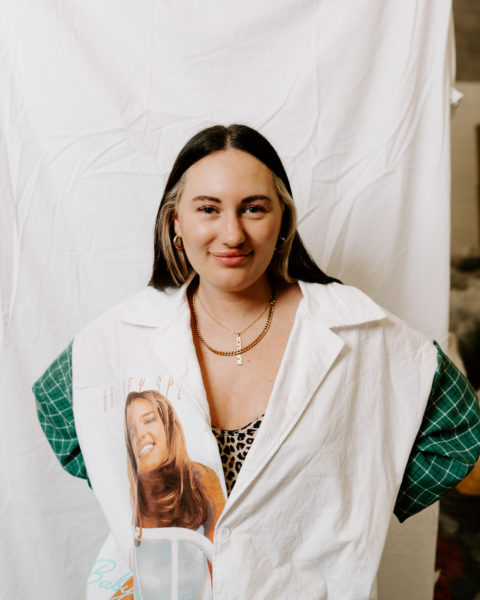


Photography by Natalia Dolan
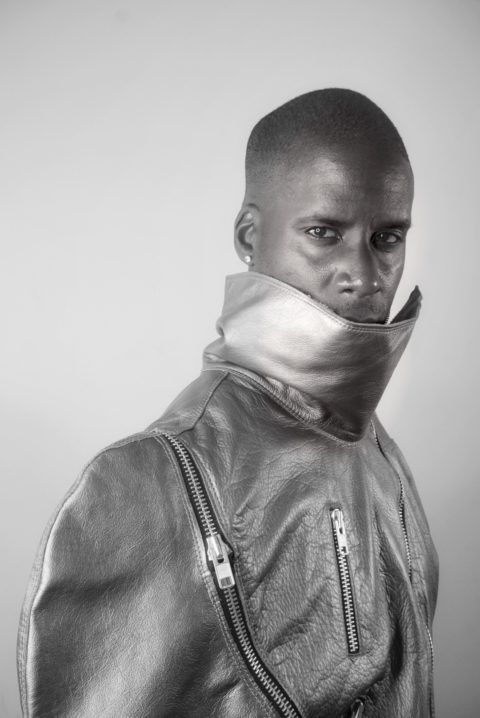
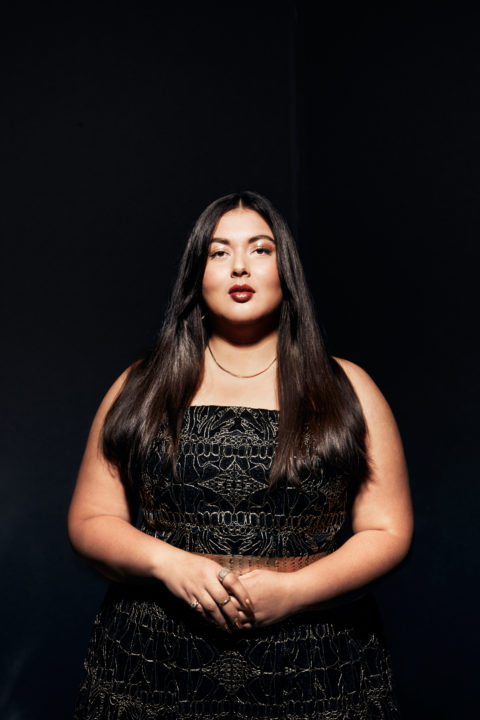
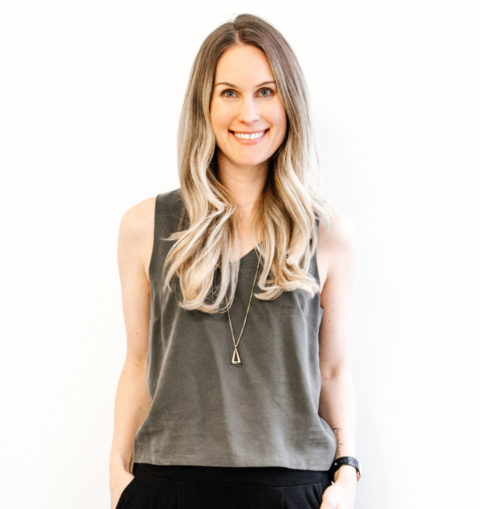







Photography by Jeremy Jude Lee

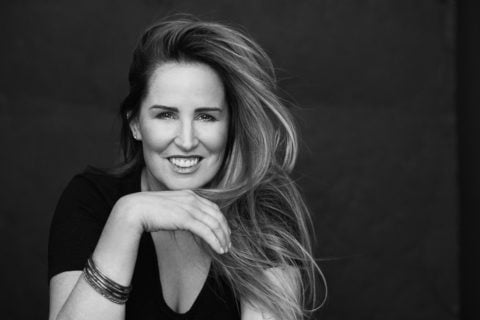
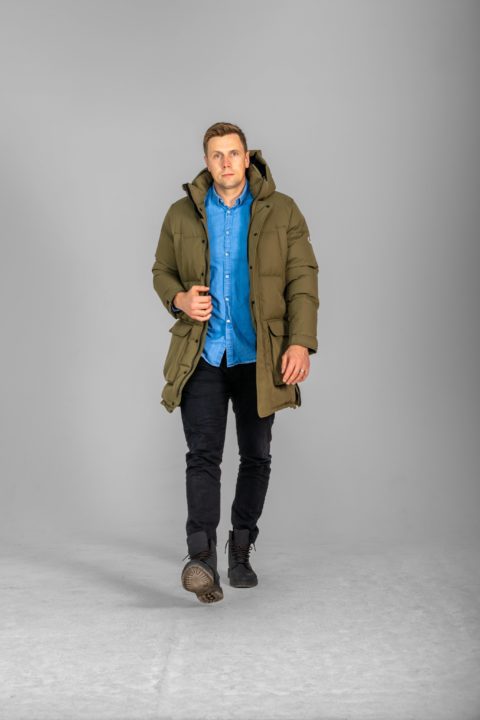

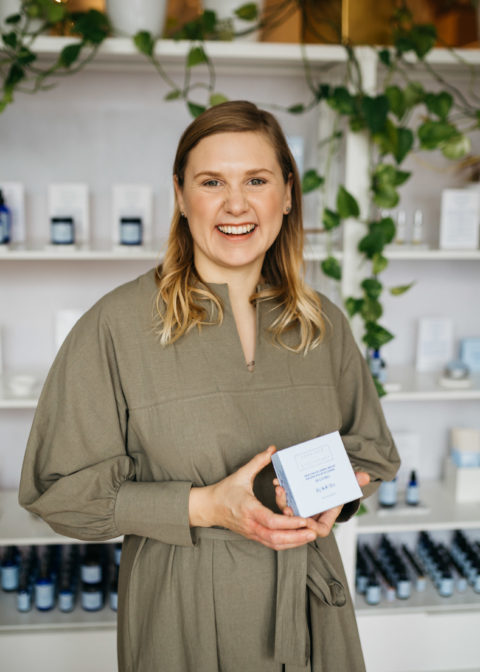
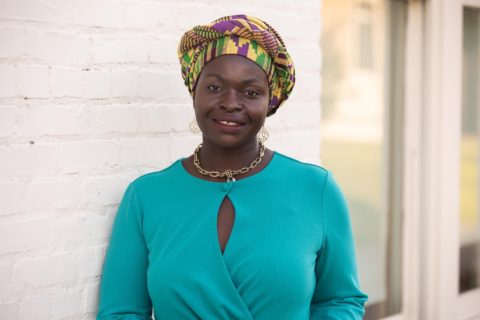


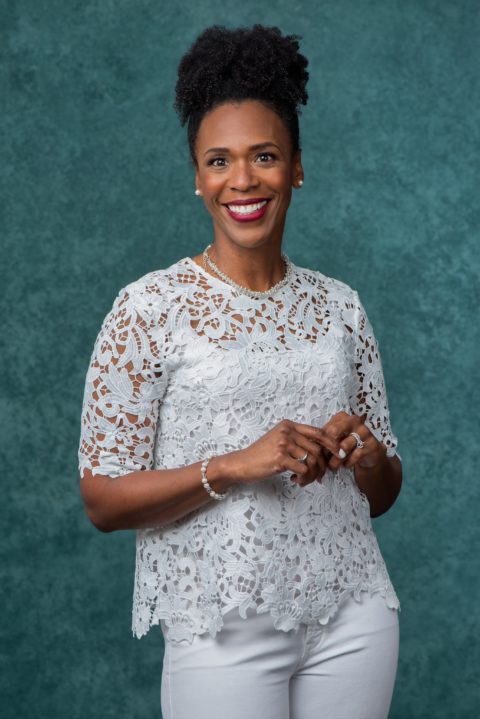
Photography by Angelique Johnson Photography
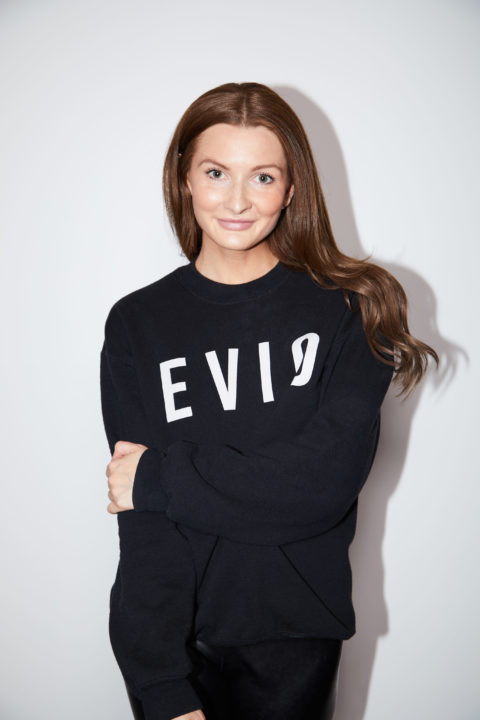

1/24
Lauren Novak, founder and creative director, Rembark by Lauren
“In 2050, our clothing will 100% need to be made of pre-existing materials….Everything we wear outside of the house will have to be very technical to allow it to help us see, breathe, hear as the outside elements will be significantly impacted and most likely become dangerous to humanity.”
2/24
Maud Behaghel, senior director of strategy and research, Vinted
“If we collectively manage to make second hand the most valuable and convenient option, the future of resale has the potential to be the first choice people turn to, from clothing and accessories to household items and more.”
3/24
Sage Paul, executive and artistic director, Indigenous Fashion Week Toronto
“Sustainable synthetic materials will respond to our surroundings to protect us from whatever dangerous elements we have invoked on ourselves, like heat, germs and cold. And ethically harvesting and using traditional materials that we know are biodegradable and functional, like fur, will be more critical than ever.”
4/24
Mic. Carter, creative director, L’Uomo Strano; lecturer at X University (formerly Ryerson University); elementary-school teacher
“Clothing will need to quickly evolve as it will become crucial to the survival of the human race. Headgear that filters toxins and pollution from the air will become necessary, as will clothing and accoutrements that can collect and purify water directly. Garments that protect us from everything from extreme temperatures to bullets will also become increasingly important as the world devolves into climate chaos and its accompanying wars. Wearable technology will provide a means of escape to the spectre of a beautiful elsewhere, and fully immersive metaverse suits will be a highly desired commodity.”
5/24
Lesley Hampton, founder and designer, Lesley Hampton
“Fashion evolves with human needs, and by 2050, the need will surely be to consume less and respect more — to value the minds and hands that make the garments, to wear that which doesn’t harm the planet and to recognize that clothing is an extension of personal beliefs and therefore an opportunity to be and do better.”
6/24
Kristi Soomer, founder and CEO, Encircled
“I think we’ll be wearing fully traceable garments made from entirely biodegradable, circular and sustainable materials that transform into many different outfits so all of us can have tiny closets that encourage us to do more withfewer items.”
7/24
Jonathan Walford, director and curator, Fashion History Museum in Cambridge
“I don’t think 2050 has to become some dystopian ‘Mad Max’ future, especially if the fashion industry makes changes so that it is no longer the second most polluting industry in the world, after oil and gas. We all need to have items in our wardrobe in 2050 that we buy now. Quality over quantity is the best way to reduce climate change and keep the economy purring.”
8/24
Hannah Kim, co-founder, Ai
“The future of fashion will see us moving away from using new fabrics to focus more on upcycled materials that will minimize our carbon footprint and reduce waste. The use of dead stock will hopefully become more of the norm, ensuring that our clothing remains in circulation rather than ending up in a landfill.”
9/24
Francis Guindon, VP of marketing, Want Les Essentiels and Quartz Co.
“In the future, consumers will look for clothing that responds to an increasing number of criteria — weather, planet, lifestyle and self-expression — without compromising the future of our planet. We’ll also see advancements that conserve resources, like base layers and outerwear with temperature-regulating insulation.”
10/24
Rene Gauthier, CEO, Ecologyst
“Climate change will only get worse from here, and we’ll find the wisdom to adapt in plants. Textiles will be solely hyper-regional and all-natural, and we’ll be fostering low-water, drought-resistant plants to make them. These innovative fabrics will be layered to withstand extreme weather. Large-scale supply chains will collapse, and fashion will focus on local textiles. It will be a new era—one that champions items designed to last. We’ll wear them more and repair them only as needed.”
11/24
Doug Stephens, founder and CEO, Retail Prophet
“In much the same way that lead and mercury were legislated out of consumer products, we’ll see many fabrics and production methods used today eventually outlawed.”
12/24
Anika Kozłowski, assistant professor, Fashion Design, Ethics & Sustainability, The Creative School at X University
“In the future, we’ll be wearing slow-fashion pieces that are modular, adaptable and regenerative and made with local fibres, Indigenous knowledge and recycled waste. The year 2050 will also see bioengineered garments that respond to personal needs and the environment and that can even self-repair, like an enhanced secondary skin. These “living” looks will provide built-in health benefits, like vitamin delivery, and shield us from invisible harmful pollutants. Maybe we won’t even be wearing clothing as we know it but ethereal clouds of micro-organisms that morph around our body, both beautiful and protective. Speculative fashion science!”
13/24
Courtney Chew, founder, Ocin
Sci-fi films fill our imagination with what fashions might look like in 2050, but the more important message is: What are we doing to make sure we’ll get to see 2050? We might experience hot weather, freezing rain, snowstorms, floods and tornadoes all in one day, so we’ll need items that can transition and function for us.”
14/24
Aslaug Magnusdottir, founder and CEO, Katla
“Consumers will own fewer pieces that are made to last and that fill practical needs: raincoats and boots to provide protection from winds, storms and floods; clothing that provides shelter from the scorching sun; masks and face shields to protect us against air pollution and smoke. If we are lucky, people will start personalizing these items with hand painted or tie dyed touches.”
15/24
Jennifer Brodeur, founder, JB Skin Sävvi; celebrity facialist
“We’ll know that ‘natural’ doesn’t always mean safe or sustainable. We’ll continue exploring innovation to improve sourcing, use synthetic lab ingredients and produce smarter packaging options. If we don’t start now, our natural resources will be scarce and the beauty industry will not be a priority. Instead, our beauty routines will be replaced by sanitary routines.”
16/24
James Yurichuk, CEO, Wuxly Movement
“As far as fashion goes, the possibilities are endless and it’s exciting to think of what’s next. I don’t want to sound naïve, we’ve definitely got work to do, but I have faith that science and humanity will pull through. If that doesn’t work, I don’t need a flood to rock water shoes.”
17/24
Mathilde Thomas, co-founder, Caudalie
“We may see a need for dietary supplements that will protect us from UVA and UVB exposure as a natural SPF 50+.”
18/24
Julie Clark, founder and co-CEO, Province Apothecary
“Petroleum by-products will no longer be part of our routines. More of our packaging will be compostable and made from 100 per cent PCR materials. We’ll be able to refill our household and beauty products in every major grocery store and pharmacy. Sustainable plants will be the leading ingredients in our multi-use formulas.”
19/24
Abena Antwi, associate product developer and director, Burt’s Bees
“We may not have access to the natural resources that we’re so fortunate to be using on a global scale today. We’ll need to source ingredients that are kind to the planet and still highly effective. An example of this would be using hydroponic farming — a way to foster and grow plants in water — which would allow us to use less water.”
20/24
Laura Whitaker, founder, Wildcraft
“We’ll see a shift toward glass packaging, bioplastics, bulk purchasing and refill options aimed at reducing needless waste. We’ll start to see shelves with unlabelled containers from refilleries that are reused multiple times before eventually being recycled. Products sold in labelled containers will be made from renewable or recycled materials and end up in composts.”
21/24
Melissa Della Porta, founder and CEO, Poetry of the Gods
“The free radicals that result from extreme heat will age our skin faster, resulting in a huge demand for antioxidantrich skincare with UV protection. Consumers will likely find themselves looking for natural antiaging products at a much earlier age than previous generations did.”
22/24
Rolanda Johnson Wilkerson, senior director, Fellow Beauty Care, Procter & Gamble
“I foresee beauty-care regimens potentially evolving into multi-step routines to meet the demands of extremely stressed skin due to the environment and multi-tasking technologies to meet the needs of skin that may begin to experience changes sooner than later. People may also begin to adopt skincare regimens at an earlier age to address changes happening in their skin due to external stressors.”
23/24
Brandi Leifso, founder and CEO, Evio
“Minimalist routines with multi-use products will be the new norm. We’ll use fewer products with more creativity, techniques and intention. Creating 52 shades of anything will be a thing of the past. From ingredients grown in the sea to refill stations, the world of cosmetics will be based on innovation, science and community marketing.”
24/24
Joseph Tang, fashion director, Holt Renfrew
“Retailers will have to make climate concerns a priority, similar to what Holts has done by committing to a net-zero carbon target by 2040. Focusing on how we can reduce our carbon footprint will influence everything from the textiles of the apparel we sell to the materials our stores are furnished with — really everything.”
This article first appeared in FASHION’s April issue. Find out more here.
The post What Will Our Lives Look Like in 2050? appeared first on FASHION Magazine.
Powered by WPeMatico






